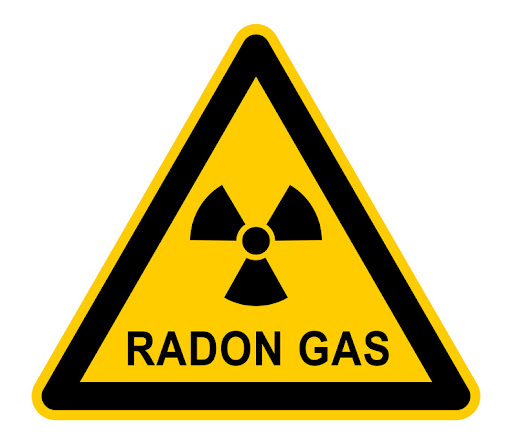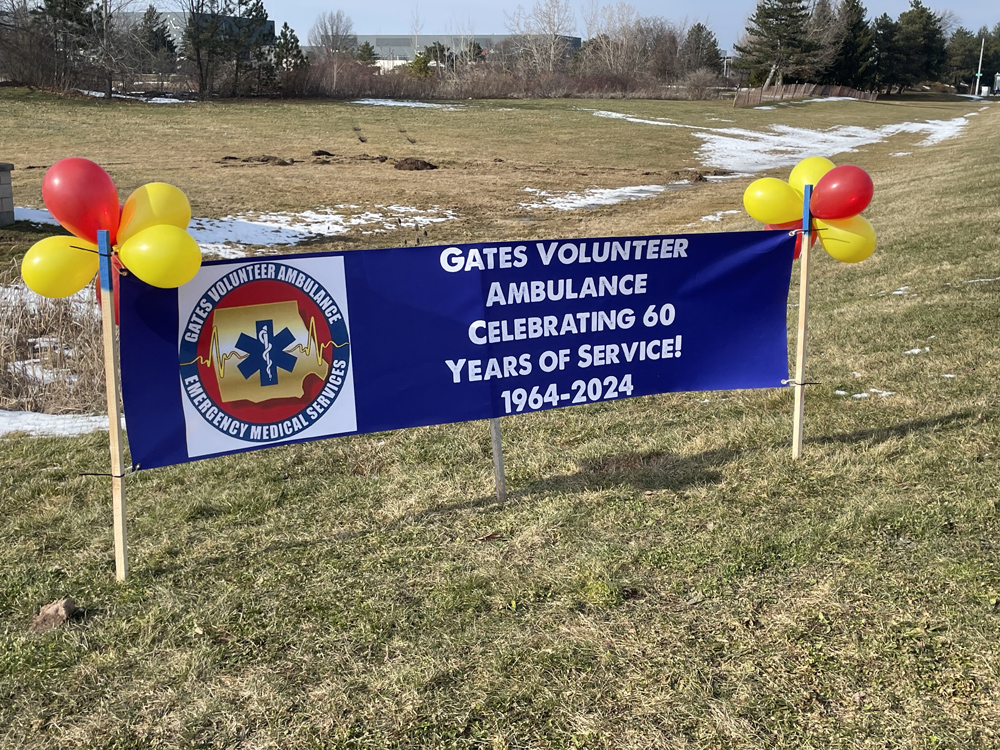High levels of radon gas detected in 13.9% of NYS homes

Radon is the second leading cause of lung cancer and the “State of Lung Cancer” report reveals that it is detected at high levels in about 13.9% of homes in New York State. During January for National Radon Action Month, the American Lung Association in New York is urging everyone to help save lives by testing their home for radon and mitigating if high levels are detected.
Radon is a naturally occurring radioactive gas emitted from the ground. Radon is odorless, tasteless and colorless, and can enter a home through cracks in floors, basement walls, foundations and other openings. Radon can be present at high levels inside homes, schools and other buildings. It is responsible for an estimated 21,000 lung cancer deaths every year and is the leading cause of lung cancer in people who have never smoked.
In New York about 13.9% of radon test results equal or exceed the Environmental Protection Agency (EPA) action level of 4 pCi/L, according to the Lung Association’s “State of Lung Cancer” report.
“Radon in homes is more common than you think. In fact, high levels of radioactive radon gas have been found in every state but most places in the country remain undertested, so this isn’t something that should be taken lightly. Exposure to radon is the second leading cause of lung cancer in the United States,” said Trevor Summerfield, director of advocacy for the Lung Association. “Testing for radon is the only way to know if the air in your home is safe. The good news is that it is easy to test. Do-it-yourself test kits are simple to use and inexpensive.”
After high levels are detected, a radon professional should install a radon mitigation system, which is easy and relatively affordable. A typical radon mitigation system consists of a vent pipe, fan and properly sealing cracks and other openings. This system collects radon gas from underneath the foundation and vents it to the outside. Visit https://www.health.ny.gov/environmental/radon for additional information and a list of certified radon testers and mitigation contractors.
Learn more about radon testing and mitigation at http://Lung.org/radon and take the Lung Association’s free Radon Basics course at http://Lung.org/
Radon-Basics.
Provided information





